|
I want to thank reader David Bayly for sending me several great ideas for Awesome Animals, of which the Jerboa was one. When I was a kid, I watched a Disney movie called The Living Desert. Since I did not live near a desert (I lived in Kansas, which is mostly grasslands), I thought all those desert creatures were so exotic and amazing. To this day, I am fascinated by deserts. Well, I'm actually fascinated by every natural habitat, but deserts are extra amazing. The jerboa is an example of an animal with extreme adaptations to the unique conditions existing in deserts. Let's take a closer look. What the heck is a Jerboa? Jerboas are rodents that live mainly in the extremely hot deserts of Asia and northern Africa. The most striking characteristic is their disproportionately long hind legs, which allow them to hop like a kangaroo. There are 33 species of jerboas, all of them in the family, Dipodidae. Below is a long-eared jerboa. Amazing facts about Jerboas Jerboas are fast, and they get around by jumping (like kangaroos). To help them do this, they have hind legs that are at least four times longer than their font legs. But they have a strange habit of zigzagging back and forth as they run (or hop). One possible reason for this is that it helps them avoid predators, such as snakes and owls. Also, this pattern may help them find food sources, which, in a desert, tend to be spread out and random. There must be a darn good reason they zigzag like this, because studies show that this is not as energy-efficient as hopping in a straight line. Even so, jerboas can run (hop) up to 16 miles per hour (25 km/hr). Jerboas don't drink water. Ever. Instead, they get all the water they need from the food they eat. Their diet consists mainly of plants, although unlike many other rodents, they are incapable of eating hard seeds. They also will happily eat any insects they can catch. Six of the 33 species of jerboas are pigmy species. And some of these pygmy species could, quite honestly, be the cutest rodents ever. Below is a Baluchistan Pygmy Jerboa. And check out this video, in case you think this photo is fake. The long-eared jerboa (the first photo above) has ears that are two-thirds as long as its body. This is the largest ear-to-body ratio of any animal in the world! Here is an interesting way to describe this (from a National Geographic article): "If basketball superstar Yao Ming was a long-eared jerboa, his ears would be the same size as Jada Pinkett Smith. He’s 7.6 feet (2.3 meters) tall, and she’s 5 feet (1.5 meters)." So what's up with these long ears? Actually, many mammals that live in hot deserts have longer ears than their counterparts living in cooler areas. The long ears help to cool the animal's body. As blood flows through the vessels in the ears, the blood is cooled down. This cooler blood then returns to the main body and helps cool the entire animal. Jerboas can really jump. Some of the species can jump vertically six feet (1.8 m) high. Let's put this into perspective. The average jerboa stands about four (10 cm) inches tall. So the creature can jump straight up 18 times its own height. I'm 5 feet 10 inches tall (178 cm). If I were a jerboa, I would be able to jump 35 yards (32 meters) straight up. This sounds like it would be fun, but when I fall 35 yards back down, the fall would probably kill me. Jerboas use their long tails to help balance them as they hop. But they also use the tail to prop themselves up when they stand upright (remember, their front legs are really short, kind of like T-Rex arms... not much good for standing on). Check out this video about Jerboas. Jerboas spend most of the daylight hours in their burrows beneath the ground. They come out to forage for food at night, which is why they have such large eyes. Baby Jerboas develop slowly compared to other rodents. When they are born, their hindlegs and forelegs are the same length. The hindlegs do not develop until they are 8 weeks old, and they cannot jump until they are 11 weeks old! They may be slow to develop, but they live longer than other rodents. Jerboas live about six years in the wild, which is twice the average lifespan of rats. Check out the baby jerboas below. One more tidbit of information. During World War II, Britain chose the jerboa as the mascot for the country’s 7th Armoured Brigade. They named the brigade the Desert Rats. The brigade fought in World War II campaigns in North Africa. Why did they choose the jerboa? according to the story, Major General Michael O’Moore-Creagh wanted his troops to share the animal’s tactic of popping up, having a quick look around, and popping back down. Below is a patch worn by one of the soldiers. So, the Jerboa deserves a place in the C.A.H.O.F. (Cosmic Animal Hall of Fame). FUN FACT: The word cosmic was first used in the 1640s, and it came from the Greek kosmikós. Its original meaning was "of or relating to the cosmos" (such as cosmic laws). At some point, people started using the word to describe something as "inconceivably vast" (the song is a masterpiece of cosmic proportions). This led inevitably to the word being connected to the phrase, "out of this world," and people started using it to mean "better than best." In other words, cosmic is another way to say awesome! Photo Credits:
Long-eared Jerboa #1: Cole Howard via Ranker.com Baluchistan Pygmy Jerboa - Yahoo News Long-eared Jerboa #2 - The Independent Baby Jerboas - Buzzfeed Desert Rat Patch - Hearts and Daggers
4 Comments
I want to thank reader James Frederick for suggesting that I feature this creature. The Water Bear is also known as the Tardigrade. And another common name for it (which is actually my favorite) is Moss Piglet. Let's find out why it is such an awesome animal. What the heck is a Water Bear? The first thing I should say is that water bears (Tardigrades) are small. In most of the species, the adults are only 1 to 1.5 millimeters long. Not quite microscopic, but pretty darn close. Tardigrades are in their very own phylum. A phylum is the next category beneath a kingdom... so a phylum is a really significant group. For example, the phylum Chordata includes all animals that have a dorsal nerve cord (spinal cord), including all vertebrate animals. There are only about 1,100 species of tardigrades in the phylum. Tardigrades typically have eight legs, they live in water, and they can be found, quite literally, everywhere on Earth. I'm not kidding about this. They live on mountaintops, at the deepest parts of the oceans, in deserts, in rainforests, in Antarctica, even in volcanoes and deep sea vents. They are one of the most resilient animals known. Amazing facts about Water Bears You may think I'm exaggerating about tardigrades living everywhere, but I'm not. Many species of tardigrades live (and feed) on moss, but others live pretty much anywhere that a thin film or water or tiny drops of water can exist, such as in sand dunes and sand beaches. About 150 species live in oceans, some of them at depths of almost 5,000 meters. They have been found in freshwater lakes that are 150 meters deep. They are abundant in soil and leaf litter. And they have been found at higher than 6,000 feet in the Himalaya Mountains. Did I mention that tardigrades have superpowers? Well, buckle up, because we're going to explore these amazing abilities. But first, I'll explain that most of these abilities are possible due to the creature's knack for cryptobiosis... a general term that describes several forms of suspended animation. When conditions become harsh, a tardigrade will expel almost all water from its cells, nearly stopping all metabolic activity. It becomes what one scientist described as an "indestructible pellet." This pellet is called a tun. In 2007, scientists sent tardigrade tuns into space, in which the tardigrades were exposed to the heat, solar radiation, and vacuum of space for 12 days. Afterwards, when they were rehydrated, they became active, and they grew, ate, and even reproduced. Tardigrades are the only multi-cellular animal we know of that can survive these amazingly harsh conditions. Tardigrades can turn into glass. When their environment becomes extremely dry, tardigrades become tuns and produce a special kind of "bioglass," which holds the proteins and other molecules together until the creature is rehydrated. When things get wet again, the glass dissolves, and the tardigrade comes back to life. In 2014, scientists pulled out some tardigrades that had ben placed in a freezer back in 1983. After being frozen for over 30 years at -4 degrees F (-20 C), three of the creatures came back to life. One of them started laying eggs six weeks after defrosting. But that's not really cold at all to a tardigrade. These creatures have been frozen for 26 hours at -423 degrees F (-253 C) and they lived. And... the temperature of -459.67 F (-273.15 C) is called absolute zero. This is where all molecular motion stops completely. Well, in 1950, tardigrades were frozen to -459.4 degrees F (-273 C) and they came back to life afterwards. That's almost absolute zero! Here is a video of a tardigrade shriveling up and then coming back to life. Below is one of the tardigrades that was revived after being frozen for 30 years: Boiling water doesn't kill them either. Water boils at 212 degrees F (100 C). But tardigrades survive temperatures of 304 degrees F (151 C). In extreme heat, tardigrades produce specialized heat-shock proteins, which prevent the other proteins from being destroyed. The second most heat tolerant organism we know of is a bacteria that can survive at 252 degrees F (122 C). Not even close! As if that weren't enough, tardigrades can survive pressures up to 87,022 pounds per square inch! This is six times the pressure in the deepest part of the ocean. Okay, one more superpower. Um, well, kind of. It wasn't until 2016 that scientists carefully studied the life cycle of tardigrades. They observed the mating process, which consistently lasts for an entire hour. So... I guess we can add that to the list of talents. For whatever reason, tardigrades are adored by many people. More so than any other tiny invertebrate animal that I know of. Is it because tardigrades are kind of cute? Is it because they are the toughest animals on Earth? Who knows, but the following photos provide evidence of their appeal: So, the Water Bear deserves a place in the H.Z.C.A.H.O.F. (Hairy Zero Cool Animal Hall of Fame). FUN FACT: According to the Urban Dictionary, hairy zero cool means doubly awesome. Why? Well, because in slang, 'hairy' can mean awesome (um... okay, if they say so). And 'zero cool' also means awesome (it is an American slang phrase). This use of zero cool may have originated from the movie, Hackers, in which Zero Cool was the nickname of one of the hackers. Zero Cool is also the title of an early Michael Crichton novel, published in 1969. Regardless of its origin, hairy zero cool is a way to say doubly awesome! Photo Credits:
Tardigrade #1 (blue-green) - Yahoo News Tardigrade and Tun - American Scientist Tardigrade that had been frozen for 30 years - Megumu Tsujimoto, Satoshi Imur, Hiroshi Kanda/National Institute of Polar Research/SOKENDAI, Tokyo, Japan - via Popular Mechanics Tardigrade Tattoo - Discover Magazine Tardigrade Keychain - GiantMicrobes.com Tardigrade Necklace - Etsy |
Stan's Cogitations
Everyone needs a creative outlet. That's why I write. Archives
July 2024
|

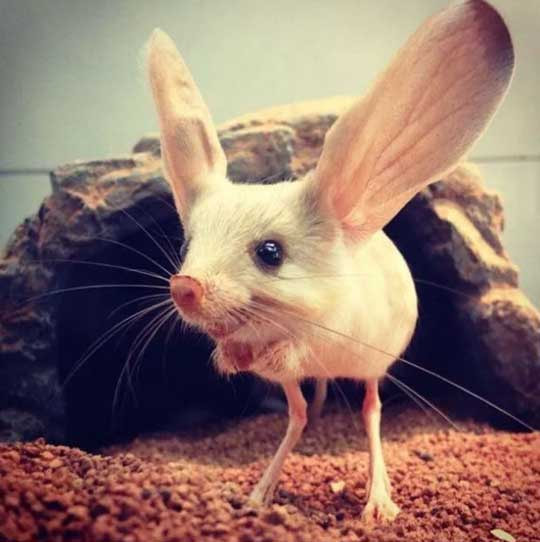

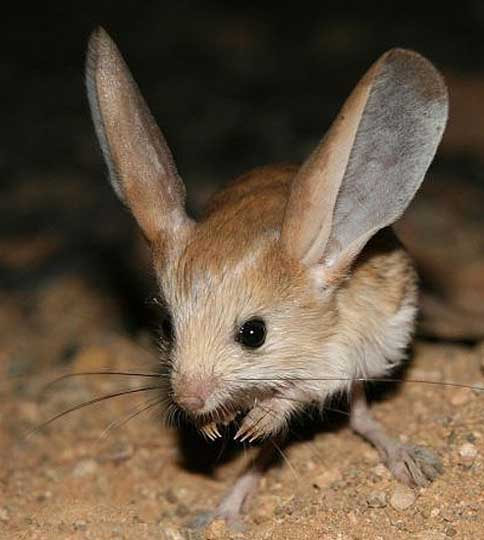
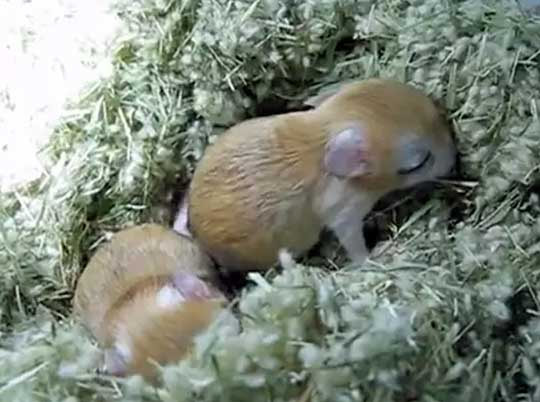
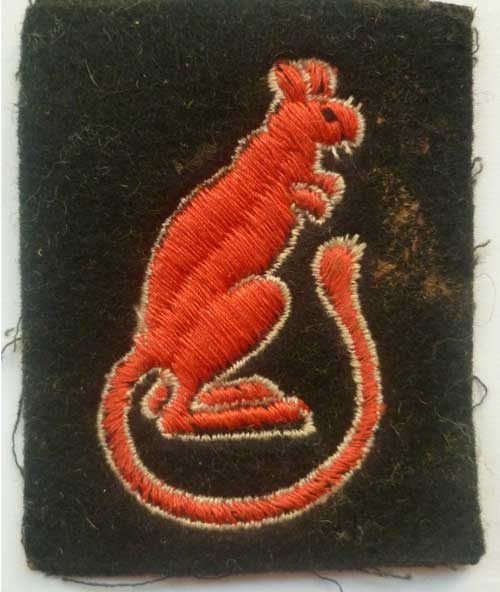
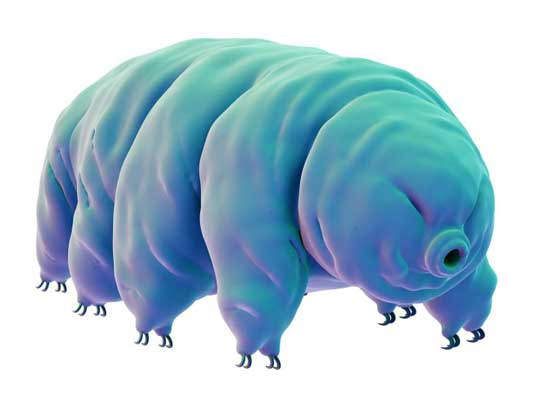

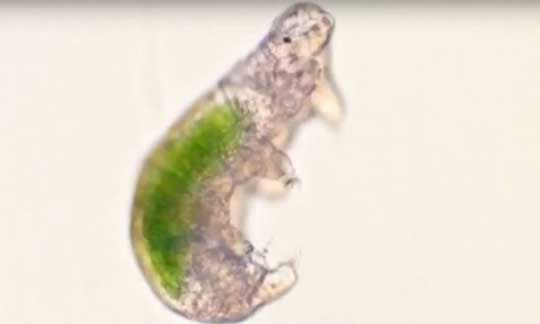
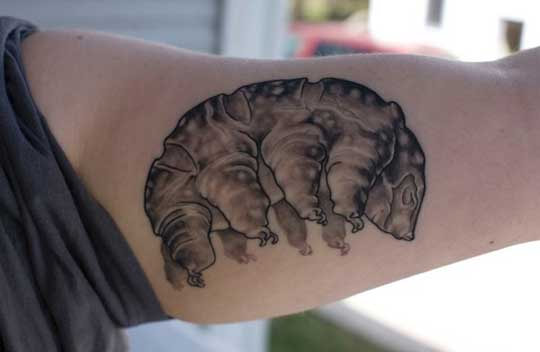

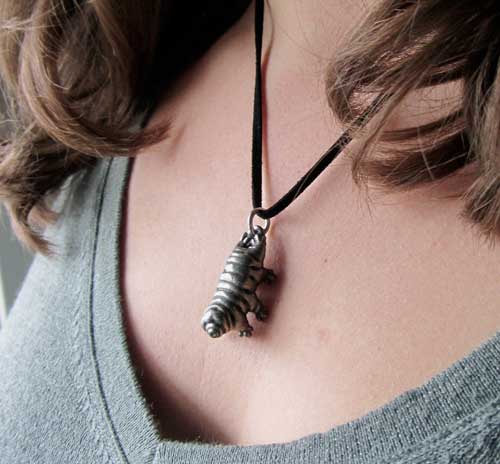
 RSS Feed
RSS Feed